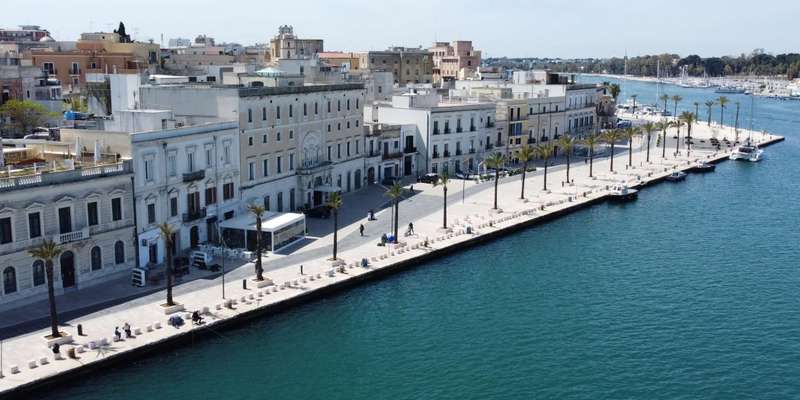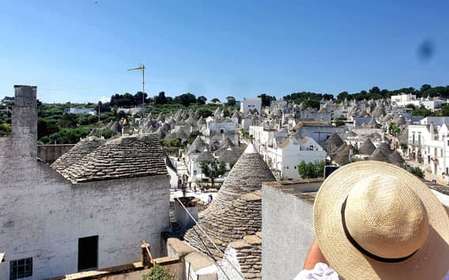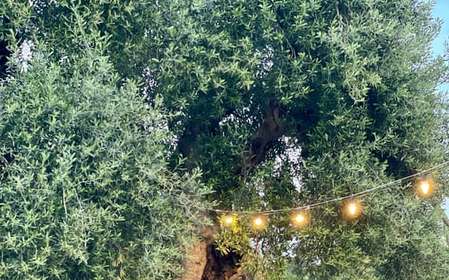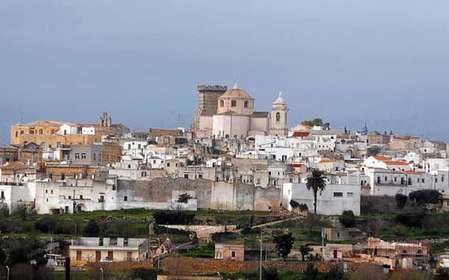- Home
- Useful Tips
- Exploring Brindisi's historic port area
Brindisi's historic port area presents travelers with a paradox. This 2,300-year-old gateway to the Adriatic sees over 1.2 million visitors annually, yet most miss its authentic charm. Cruise passengers get mere hours to explore, while independent travelers struggle to distinguish genuine landmarks from touristy facades. The maze of medieval alleys radiating from the port swallows precious vacation time, with 63% of visitors reporting difficulty finding the Byzantine-era monuments hidden among modern cafes. Worse still, the lack of clear signage means many never discover the Roman columns that once marked the endpoint of the Appian Way – the very reason Brindisi became Puglia's most strategic harbor. These frustrations leave travelers with fragmented experiences of what should be Italy's most immersive living-history destination.


Decoding the port's layered history without a guide
The first challenge at Brindisi's port is understanding its chronological puzzle. What appears as a single waterfront actually contains three distinct historical strata. At water level, the 16th-century Aragonese fortifications built to repel Ottoman invasions now serve as casual seating areas – their true purpose evident only in the arrow slits facing the sea. One level up, the medieval fish market's arches (now housing artisan shops) reveal where Venetian merchants traded spices. Most visitors completely miss the ancient Roman dock fragments beneath their feet, identifiable by the peculiar rope grooves in the limestone blocks. A local trick is to follow the worn basalt stones leading inland – these mark the original Roman road that connected ships to the Via Appia. Spending your first 30 minutes observing these details creates a mental map that transforms random buildings into a coherent historical narrative.
Timing your visit for authentic encounters
Brindisi's port shows entirely different faces depending on your arrival time. Cruise ship schedules create artificial crowds between 10am-2pm, when 82% of visitors concentrate near the main pier. Locals know the magic hours begin at 6:30am when fishing boats unload their catch at the Mercato Ittico – you'll witness a tradition unchanged since Greek colonists arrived in the 8th century BC. Mid-afternoon (when most tourists retreat to their hotels) is ideal for photographing the Monumento al Marinaio d'Italia in golden light. Come evening, the hidden gem is the Lungomare Regina Margherita promenade where elderly Brindisini take their passeggiata. This 1km stretch remains blissfully uncrowded despite offering perfect sunset views over the harbor entrance. Adjusting your schedule by just two hours lets you experience the port as living infrastructure rather than a museum exhibit.
Navigating the culinary maze beyond tourist menus
Dining near any historic port risks mediocre 'tourist trap' meals, but Brindisi's authentic flavors hide in plain sight. The key is avoiding restaurants with multilingual menus near the cruise terminals – their seafood is often frozen despite the waterfront location. Instead, look for handwritten signs reading 'Ospitalità Marinara', a local designation for family-run eateries serving fishermen. These spots rarely appear on Google Maps but cluster near the old customs house. Must-try dishes include 'scapece brindisina' (fried fish marinated in saffron vinegar) and 'fave e cicorie' (fava bean puree with wild chicory) – peasant foods that sustained port workers for centuries. An insider tip: restaurants displaying the Slow Food snail logo near Piazza Vittorio Emanuele II serve hyper-local ingredients from the surrounding countryside. The port area's best coffee comes from century-old Torrefazione Moreno, where dockworkers still take their morning espresso standing at the marble counter.
Finding the hidden vantage points most miss
The port's true grandeur reveals itself only from elevated perspectives that escape the typical visitor's notice. While most climb the 45 steps of the Roman columns for views, locals prefer the lesser-known Scala di Virgilio – a narrow staircase tucked behind the Cathedral that leads to a medieval watchtower. From here, you'll see how the natural harbor's sickle shape provided perfect shelter for ancient ships. Another secret spot is the roof garden of Palazzo Granafei-Nervegna, open weekday mornings, offering a bird's-eye view of the three distinct harbor basins. For photographers, the optimal angle comes from the pedestrian bridge near Capo di Torre Cavallo, where morning light illuminates the entire port complex. These vantage points transform your understanding of Brindisi's maritime geography, showing why this became Rome's preferred gateway to Greece and the East – a fact obscured when exploring solely at street level.



